Korcula (Croatia) is an island in the Adriatic Sea, located in the south of the country, between the resorts of Split and Dubrovnik. Its area is more than 270 km2, and the length of the coastline reaches 180 km.
The second most populous island in Croatia (more than 18,000 people), Korcula has established itself as a picturesque place with clear sea and mild climate. Every year, about a million tourists come here to see the historical sights of the Venetian era, enjoy the blue of the Adriatic Sea and the fresh aroma of the pine forest.
Interesting fact! On the island of Korcula in 1254, Marco Polo was born, a famous traveler and author of the “Book on the Diversity of the World”.
Korcula is an island with a rich past. Here lived the Phoenicians and ancient Greeks, Slavic tribes, Genoese and Venetians. Since the 18th century, Korcula was ruled by France, Austria, Italy and Yugoslavia, and only in 1990 the island became part of independent Croatia.
This mix of cultures has affected not only the composition of the population of the cities of Korcula, but also its architecture, sights and local traditions. What’s the first thing to see on the island? Where are the best beaches? Which cities are really worthy of attention? See the answers in this article.
City of Korcula
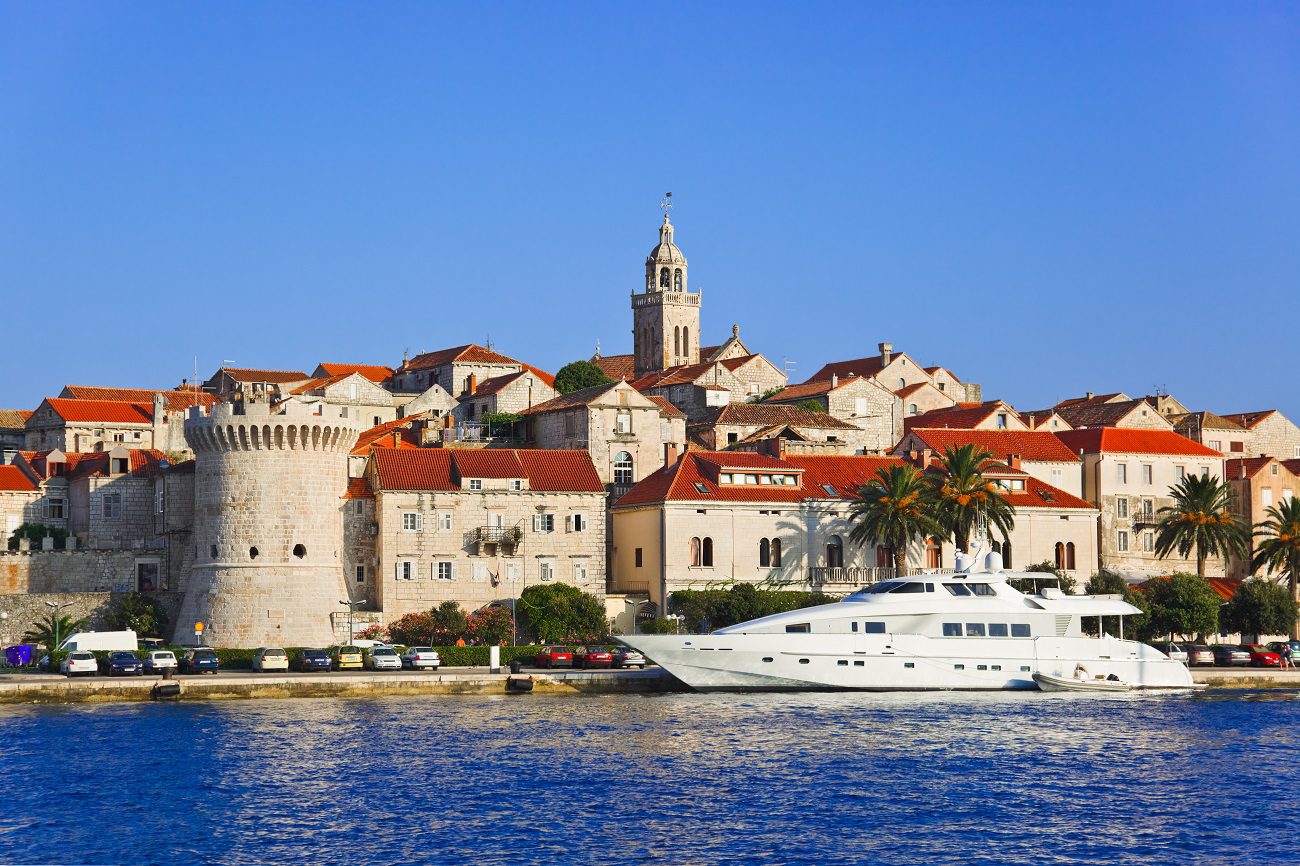
The largest of the three cities on the island is called Korcula and is located on the northeast coast. The fact that it was here that the great traveler was born, you will learn immediately: from the magnets in souvenir shops to the names of streets and attractions-everything in this city is connected with the famous Marco Polo. But the ancient history of Korcula is much more interesting.
According to legend, the city was founded in the 11th century BC by the warrior Antenor, who was driven out by the Greek king Menelaus after the fall of Troy. The valiant soldier decided not to despair and moved with his relatives to the undeveloped “Black Island” at that time, where he built his house, which later passed into the possession of the rulers of different countries.
Interesting fact! Its name Korcula (translated as “Black Island”) is due to the dark pine forests that still occupy a significant part of the territory of Croatia.
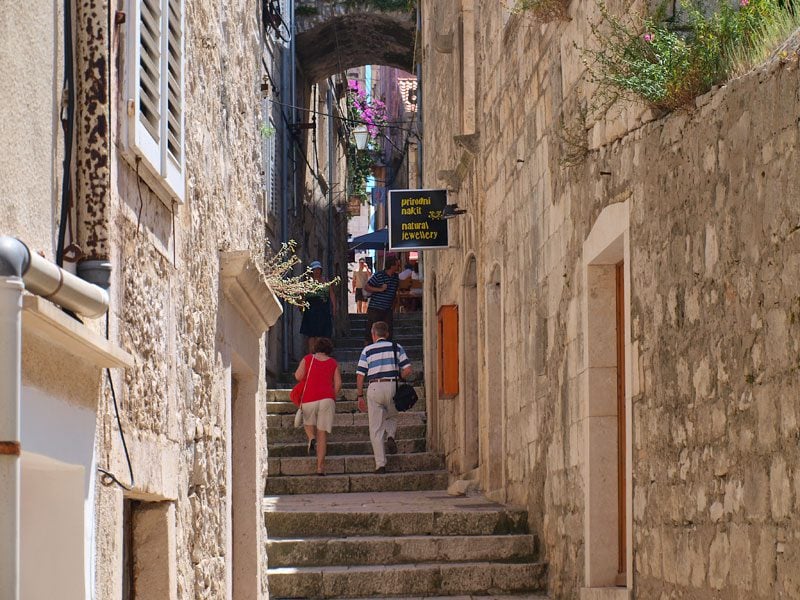
Modern Korcula is a unique example of a preserved medieval town. Narrow streets, stone coves, ancient buildings and unusual churches-all its attractions seem to absorb you in the Venetian period. With its beauty and cultural diversity, the city has attracted the attention of UNESCO, so it may soon be added to the World Heritage List of this organization.
St. Mark’s Cathedral
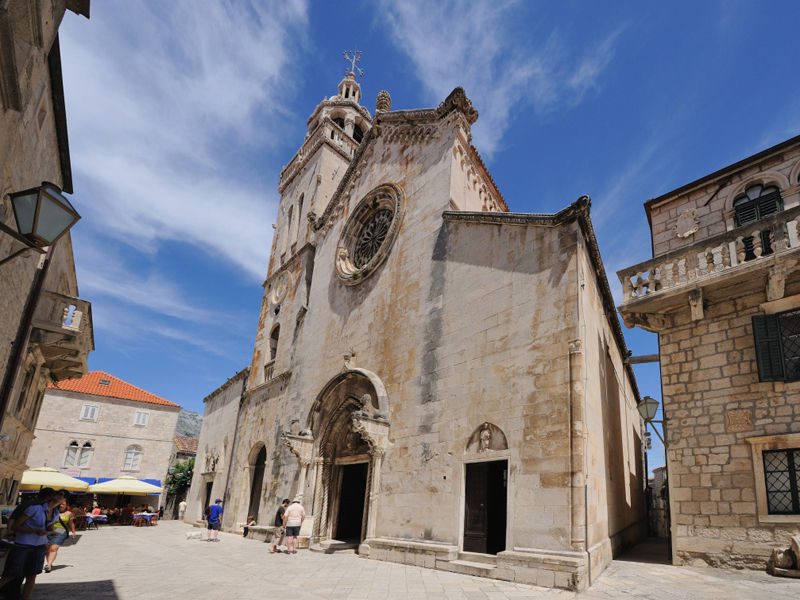
One of the oldest cathedrals in Croatia was built in 1301. Over time, after the creation of a diocese in Korcula, the small nondescript church was completely rebuilt and the majestic church of St. Mark the Apostle and Evangelist was erected.
The beautiful stonework on the outside is replaced by dull walls on the inside. If you have limited time, do not waste it in all the rooms of the temple, but be sure to pay attention to the figure of the Holy Apostle and the statues of Adam and Eve decorating the main portal.
Beautiful photos from Korcula! The bell tower of St. Mark’s Cathedral offers a panoramic view of the city, worthy of a few shots.
City Museum
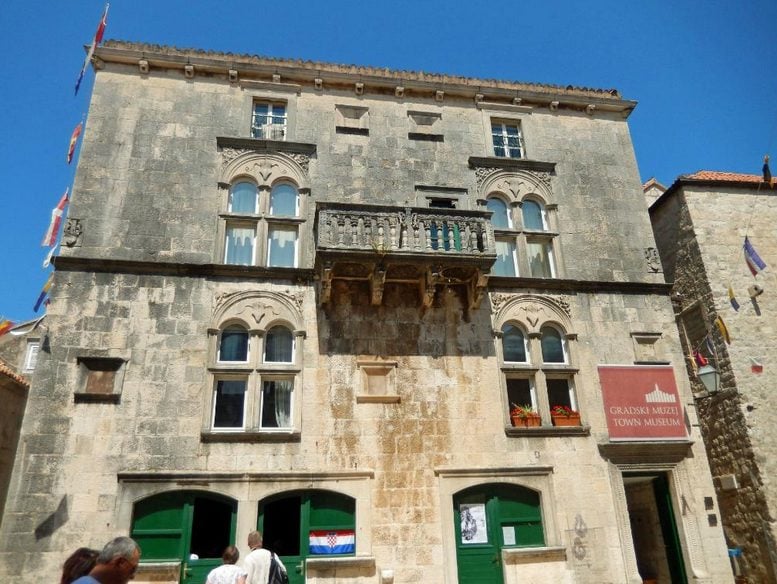
Opposite the Church of St. Mark is another attraction of Korcula – the city Museum. The Korcula City Museum is located in the Gabrielis Palace, a typical example of residential architecture from the 15th to 16th centuries in the central square of the Old Town. It boasts an ornate stone facade decorated with balconies and the Gabrielis family coat of arms. This architectural monument has been the largest exhibition on the island for more than 20 years. Four floors of the museum are dedicated to the history of the city: from Ancient Greece to the present day. There are many interesting exhibits that tell about Korcula as a major port – sea maps, ship remains, models of sailboats.
- Address: Trg Svetog Marka 2, 20260, Korcula, Croatia.
- Entrance fee – 40 kuna for adults, 15 kuna for children.
- Opening hours: October-March from 10 to 13, April-June from 10 to 14, July-September from 9 to 21.
- Website: https://gm-korcula.com/en/.
Fortress walls
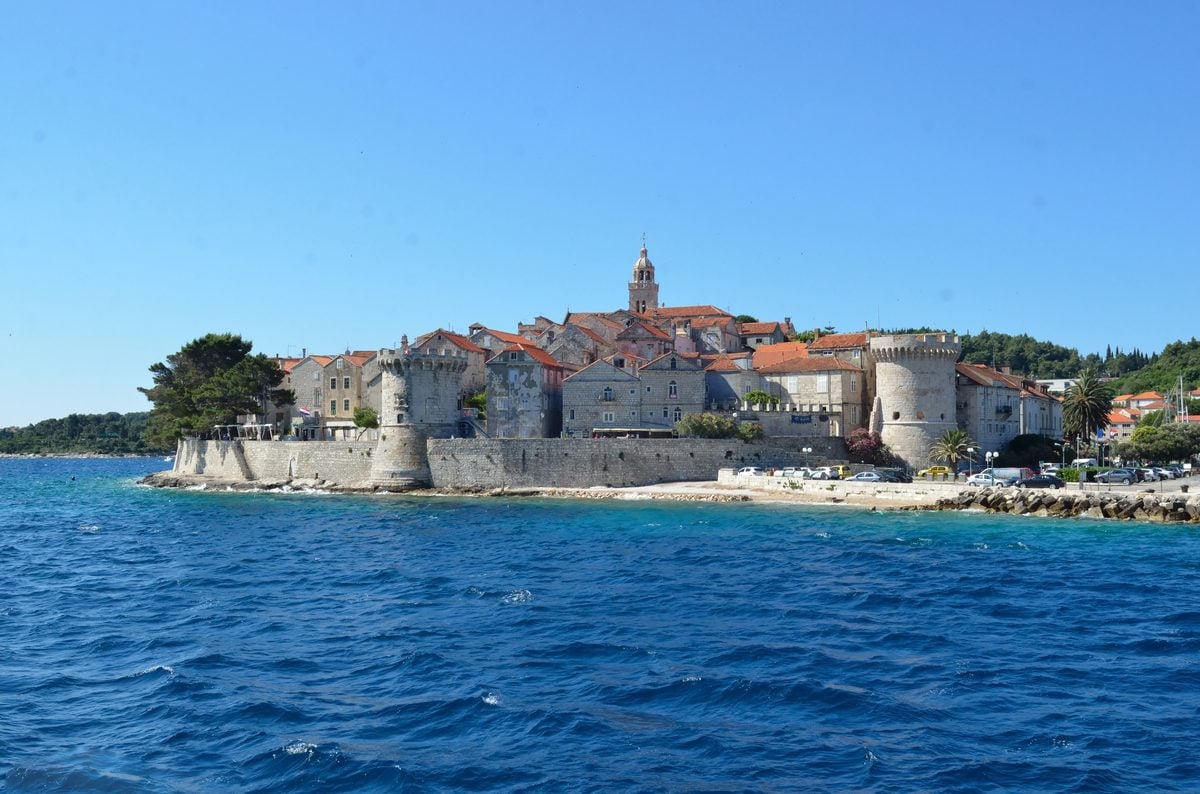
Korcula of the 8th century is a powerful port in need of protection. From that moment on, the local warriors and architects worked together on the work that their descendants would not finish until a thousand years later. The huge architectural ensemble is one of the few attractions in Croatia that has almost completely preserved its original appearance. After 1300 years, each of us can appreciate the power and strength of these fortifications, see the ancient cannons that served their 4 centuries ago, climb the high towers and admire the blue of the Adriatic Sea to our heart’s content.
Important! Some towers, such as Revelin Tower, have a paid entrance fee of 15 kuna.
Marco Polo Museum
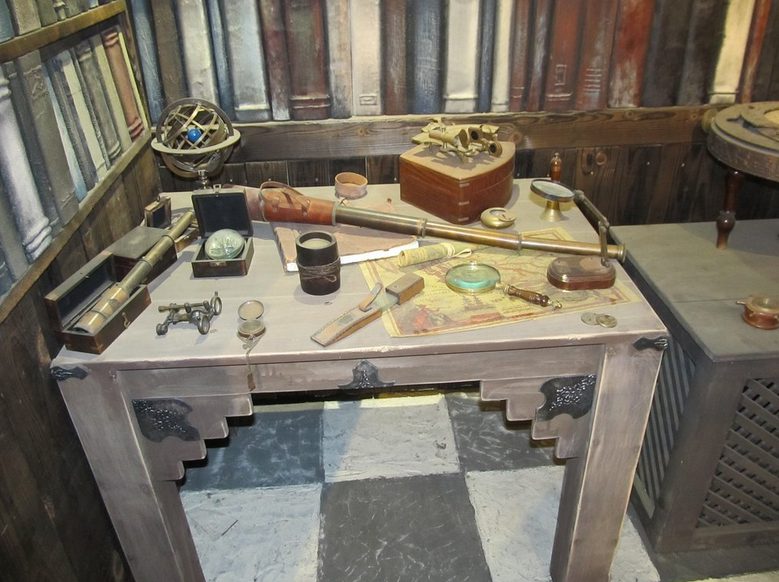
Of course, the real pride of the inhabitants of the island of Korcula is this particular attraction. The museum, opened in the house where Marco Polo was born, has collected several dozen exhibits: wax figures of the traveler and the heroes of his stories, maps of his travels and embodied discoveries. From the roof of the building you can enjoy a panoramic view of the city, you can get there by a spiral staircase.
The Marco Polo Museum sells unique souvenirs, including unusual notebooks, hourglasses and busts of the traveler.
- Place of interest address: Ul. Plokata 19. travnja 1921. 24, 20260, Korcula, Croatia.
- Ticket price: 60 kuna.
Vela Luka and Lumbarda
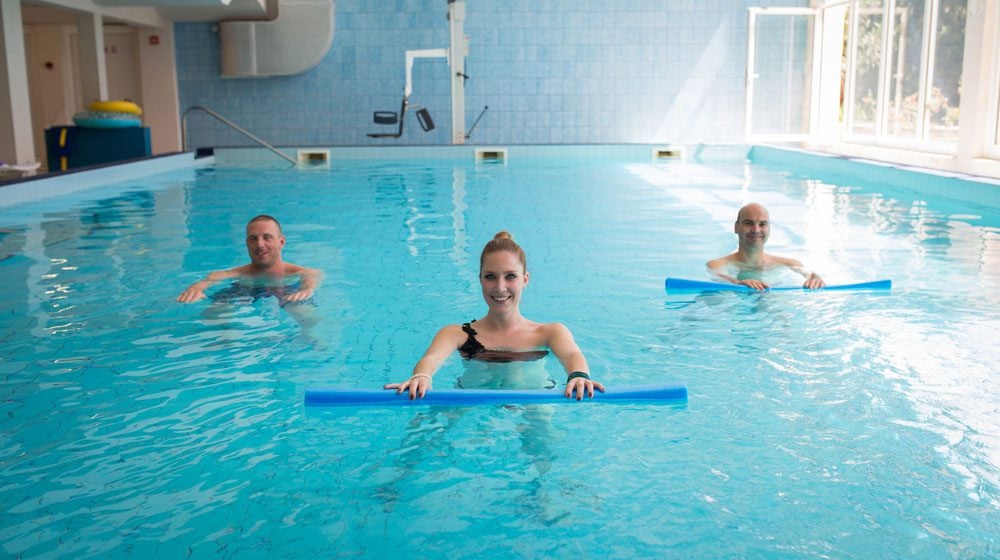
Vela Luka is a mud resort on the island of Korcula and the most popular destination for older tourists. Here, surrounded by forest and sea, under the rays of the warm sun, the best treatment center in Croatia was built-the Kalos Rehabilitation Institute. Diseases of the lungs, musculoskeletal system or cardiovascular system-all this is quickly treated with the latest technologies and natural gifts.
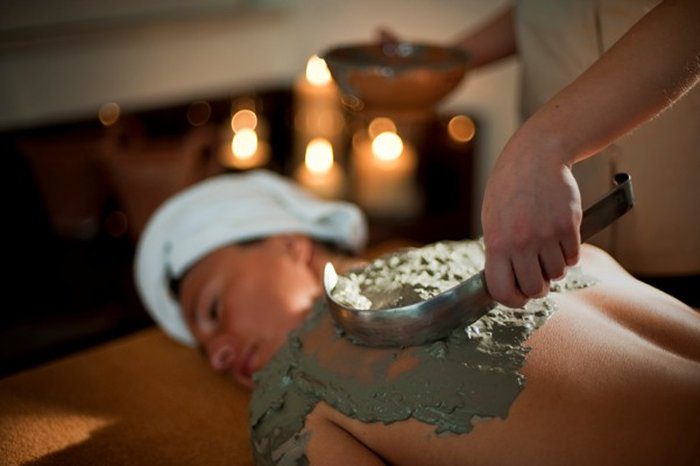
The medical” specialization ” of Vela Luka does not mean that healthy tourists should not come here. On the contrary, in addition to general health improvement, which will definitely not be superfluous, here you can get a huge boost of energy and pleasure from local beaches and the warm sea. The main attraction of Vela Luki, after the therapeutic mud – the coast of the resort, where every vacationer will find a place to their liking.
Lumbarda, in turn, is a land of beaches and water sports. This is one of the few parts of Croatia with a sandy coast, so tourists with small children often come here.
Krk-the main thing about the largest island in Croatia
Bilin Žal
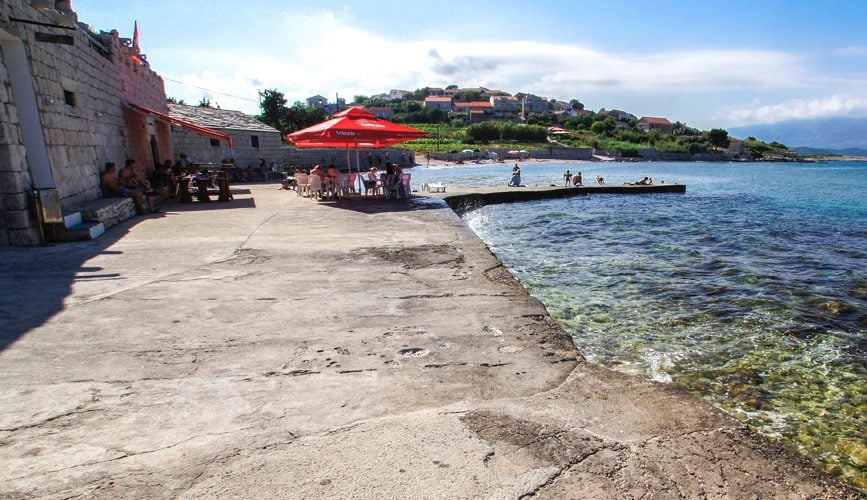
The sandy and tiled beach is located 4 km from the Old Town of Korcula. There is a crystal clear sea, convenient access to the water and developed infrastructure, so Bilin Hall is very popular among tourists with children. The nearest supermarket is a 10-minute walk away, and Konoba Bilin Zal Cafe is a five – minute walk away. There is no natural shade on the beach, so be sure to bring an umbrella.
Vela Pržina
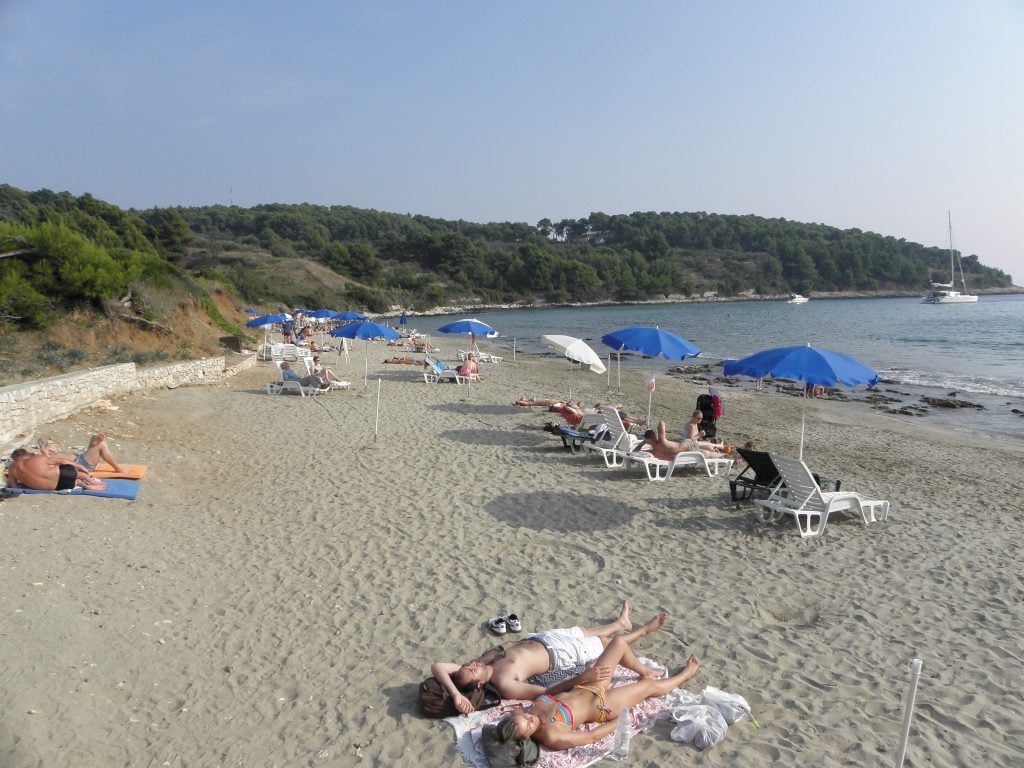
Despite the fact that this beach is covered with sand, it is better to walk here in slippers, as there are sharp stones near the shore. After 9 o’clock, you will find it difficult to find a secluded corner to relax, and after lunch, a sunbed or umbrella is not so easy to rent, even for a fee of 20 kuna.
On the Bike lane there are toilets and changing rooms (free of charge), there is a bar and a fast food cafe with low prices. For active travelers, a small volleyball court has been built here, and you can rent a catamaran or water skis in the rental area.
Lenga
Covered with golden and white rocks, the beach is not suitable for families with children, but it is probably one of the most romantic places on the whole island. It is hidden from the eyes of curious tourists, so locals often relax here.
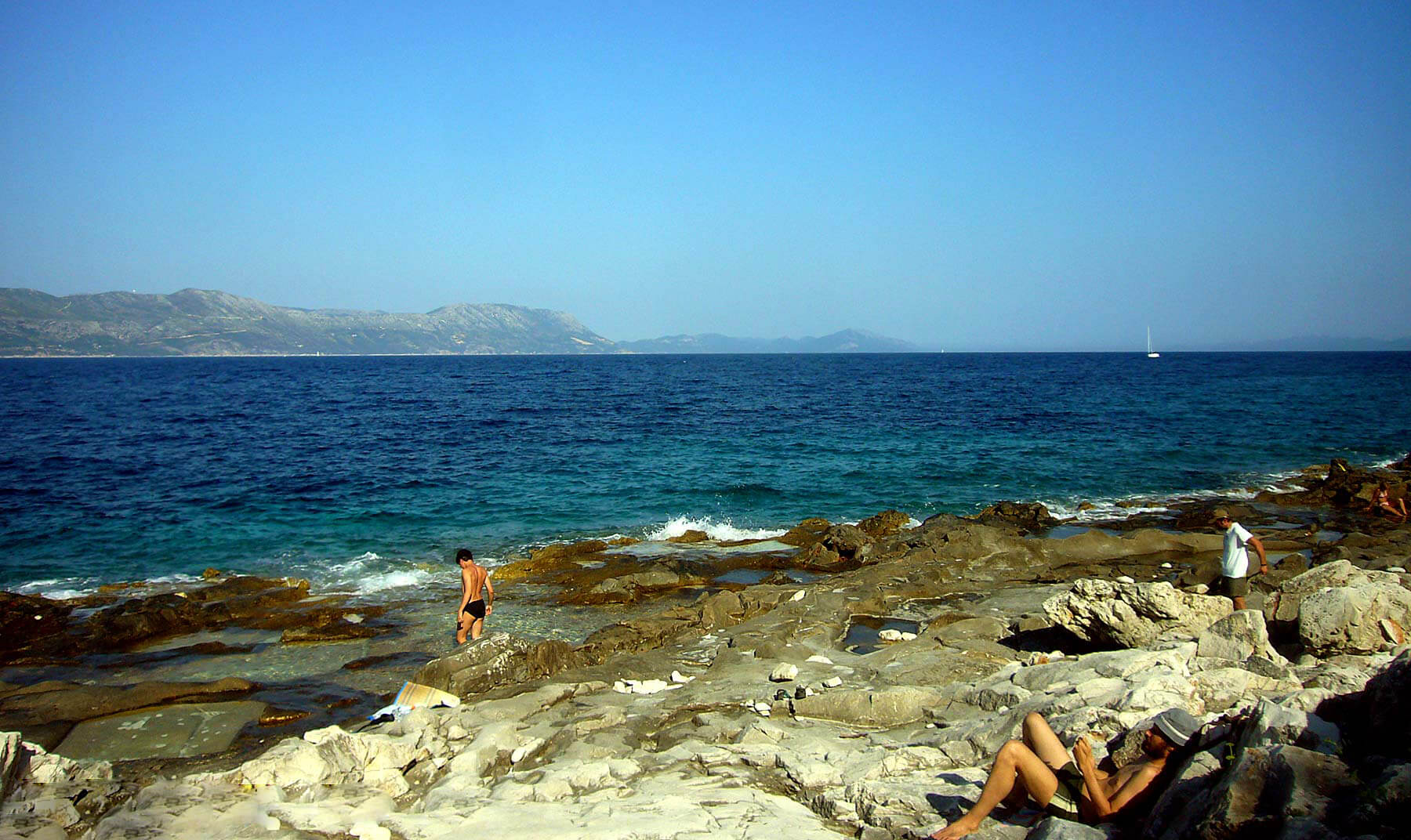
Despite the fact that most of the beach is occupied by rocks, here you can find a place for sunbathing-large slabs near the shore. The entrance to the water is a little inconvenient-the staircase built here is a creation of nature itself.
Lenga is a great place for snorkeling and diving, with clear calm water, few people and many marine animals. There is no other entertainment on the beach, as well as cafes or shops, so take plenty of water and food with you.
Important! It is impossible to get to Lenga by car or bus. The nearest public transport stop is a 25-minute walk from the beach, and the coast itself can only be reached via a narrow forest path.
In addition, Lumbarda is the best place in Croatia for a yacht trip or sailing. Themed competitions are held here every month, and you can rent an interesting transport from LumbardaBlue or FreeStyle companies.
Accommodation in Korcula
This island stands out from the rest not only for its unusual sights and rare sandy beaches in Croatia, but also for its prices. So, a double room in a hostel will cost at least 20 euros, a 3-star room will cost 35 euros, a four – star room will cost 55 euros, and a five – star room will cost from 77 euros. The best hotels on the island are:
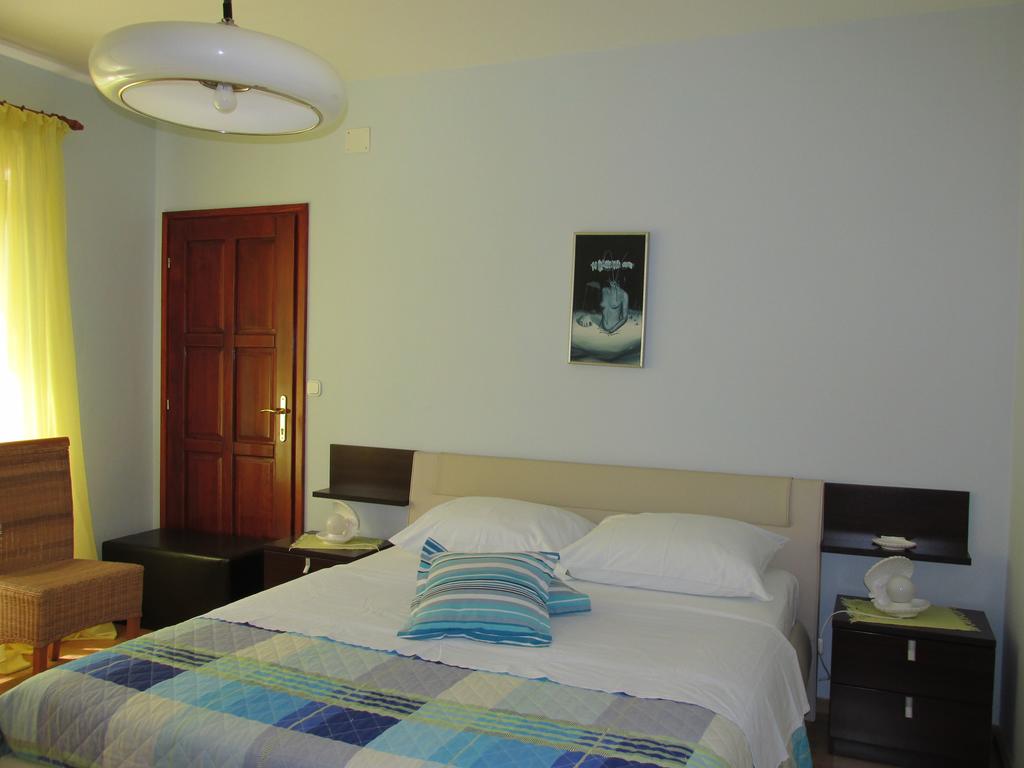
- Tower Suites. Located 2 km from the center of Korcula, the nearest beach is 200 meters away. The minimum room rate for two people is 72 euros, 4 stars.
- Studio Apartment More 3*, has a private beach area with free amenities. Located 500 meters from the Old Town, the price starts from 140 €.
Those who prefer a low-cost outdoor experience can choose from a variety of camping sites on the island of Korcula, for example:
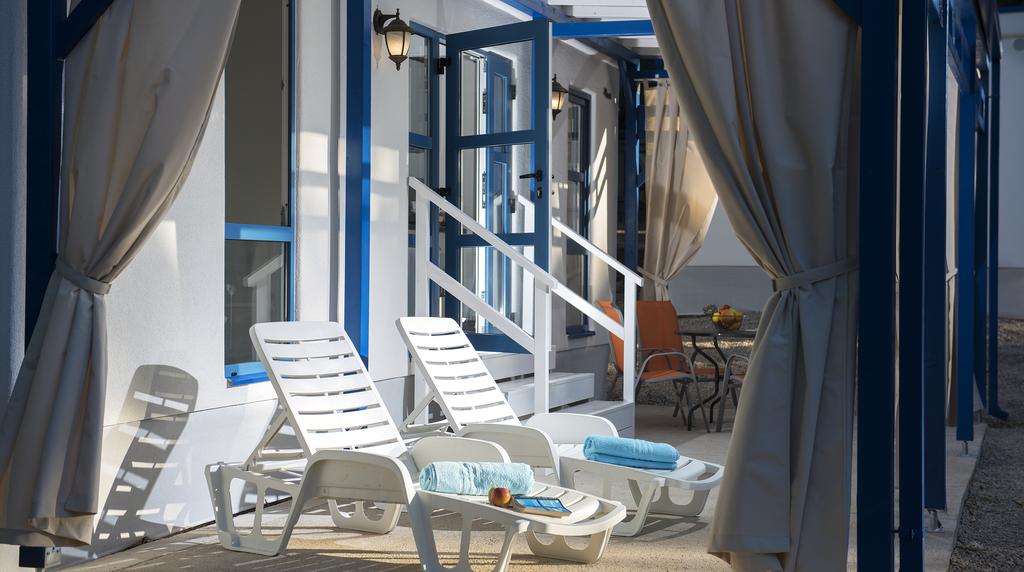
- Port 9 Camping. A modern campsite with all the necessary amenities will cost only 58-100 euros for a house for two. Each room has a kitchen and a living room. It features a swimming pool, a bar and a restaurant. To the beach 15 minutes on foot. Address: city of Korcula Dubrovačka cesta 19; website: www.aminess.com.
- Another campsite, Mindel, is located 5 km from Vela Luka. You can come here with your own trailer and use electric appliances, shower and toilet for money, play tennis or billiards, go on a boat or catamaran. The nearest pebble and stone beaches are a 5-15-minute walk from the campsite. Prices: 5 euros per person / night (2.5 € for children), 4 € for tent rental, 3 € for electricity. Website: www.mindel.hr.
How to get to Korcula
The island is most easily accessible from the nearby cities of Split and Dubrovnik, or from the Croatian capital of Zagreb.
From Split
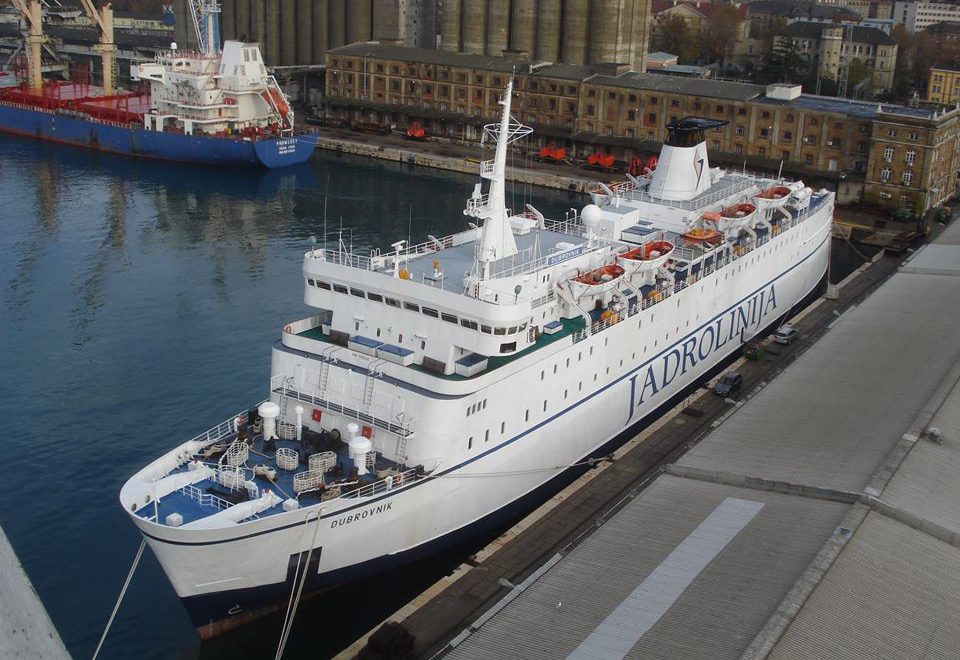
The direct route from Split is 104 km across the Adriatic Sea, where the Jadrolinija ferry runs 1-3 times a day (depending on the season). Travel time-2 hours and 40 minutes, fare – 150 kuna per person. You can buy tickets at www.jadrolinija.hr.
A slightly faster catamaran trip will take place with a transfer in the city of Hvar. In addition to the already named carrier, Kapetan Luka provides its services. Their catamarans from Split to Korcula go about two hours and 30 minutes, the fare starts from 12 euros per person. The exact schedule is available on the company’s website — www.krilo.hr.
From Dubrovnik
The distance between the cities is 121 km. It can be overcome by:

- By bus. It departs daily at 9: 00, 15: 00 and 17: 00. Travel time is about three hours, depending on the number of stops. It goes through Split and Oribic, where the bus stops at the ferry (the transfer is already included in the price). The ticket price is 108 kuna. You can find out the exact schedule on the carrier’s website (https://kolodvor.hr/en/).
- By ferry. Once in the low season and up to ten times a day in the high season, a ship departs from the port of Dubrovnik in the direction of Korcula. Travel time is 2 hours. The cost of moving is 140 kuna. Tickets can be purchased at the port, but it is better to do it in advance online at www.jadrolinija.hr.
Important information! If you want to get to Korcula by car, take advantage of the Croatian car ferries (from 11 euros per car + 2.5 euros per traveler). Please note that sometimes it is cheaper to rent a car already on the island.
From Zagreb
The distance from the Croatian capital to the island is 580 km. There are many ways to get there:
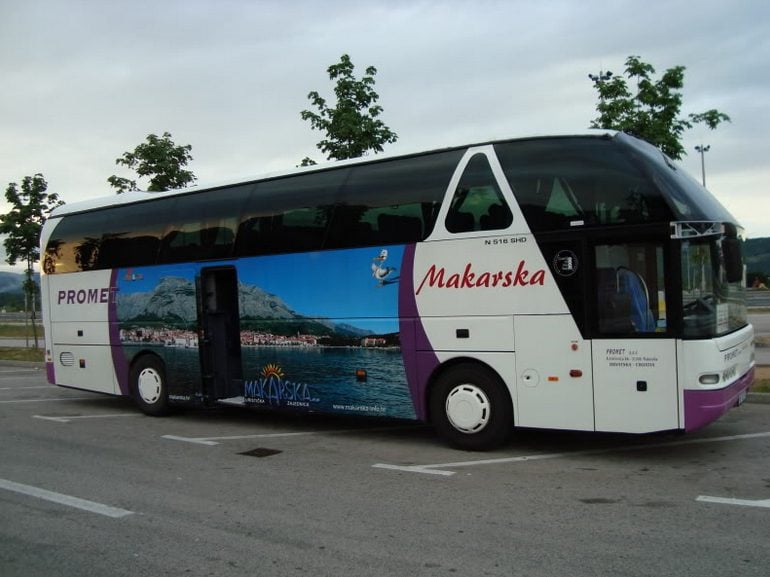
- By bus and ferry. The journey time is 8.5 hours, the trip will cost 25-35 euros. At Zagreb Central Bus Station, take a bus to Split. From there, follow the route already described by ferry to Vela Luka. Tickets and bus schedules are available here — www.promet-makarska.hr.
- By train. You can also get to Split by rail, the journey time is 6 hours. From there, take the ferry to Vela Luka. The total cost of travel is 30-40 euros. Train schedule on the Croatian Railway website www.hzpp.hr/en.
You can also fly from Zagreb to Split by plane for 35-130 euros.
Korcula (Croatia) is a beautiful island where every vacationer can find a place to their liking. The birthplace of Marco Polo is waiting for you! Have a good trip!


